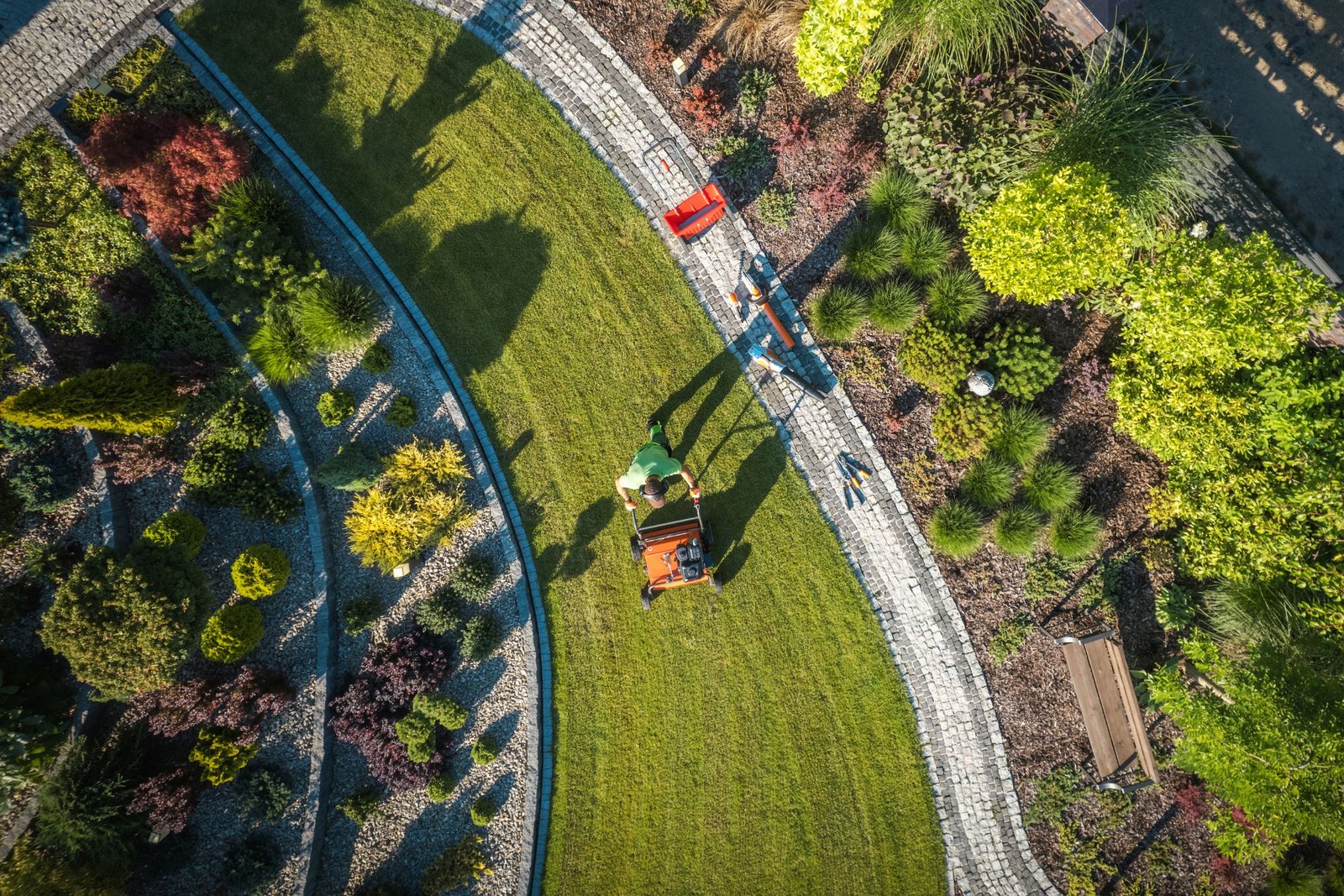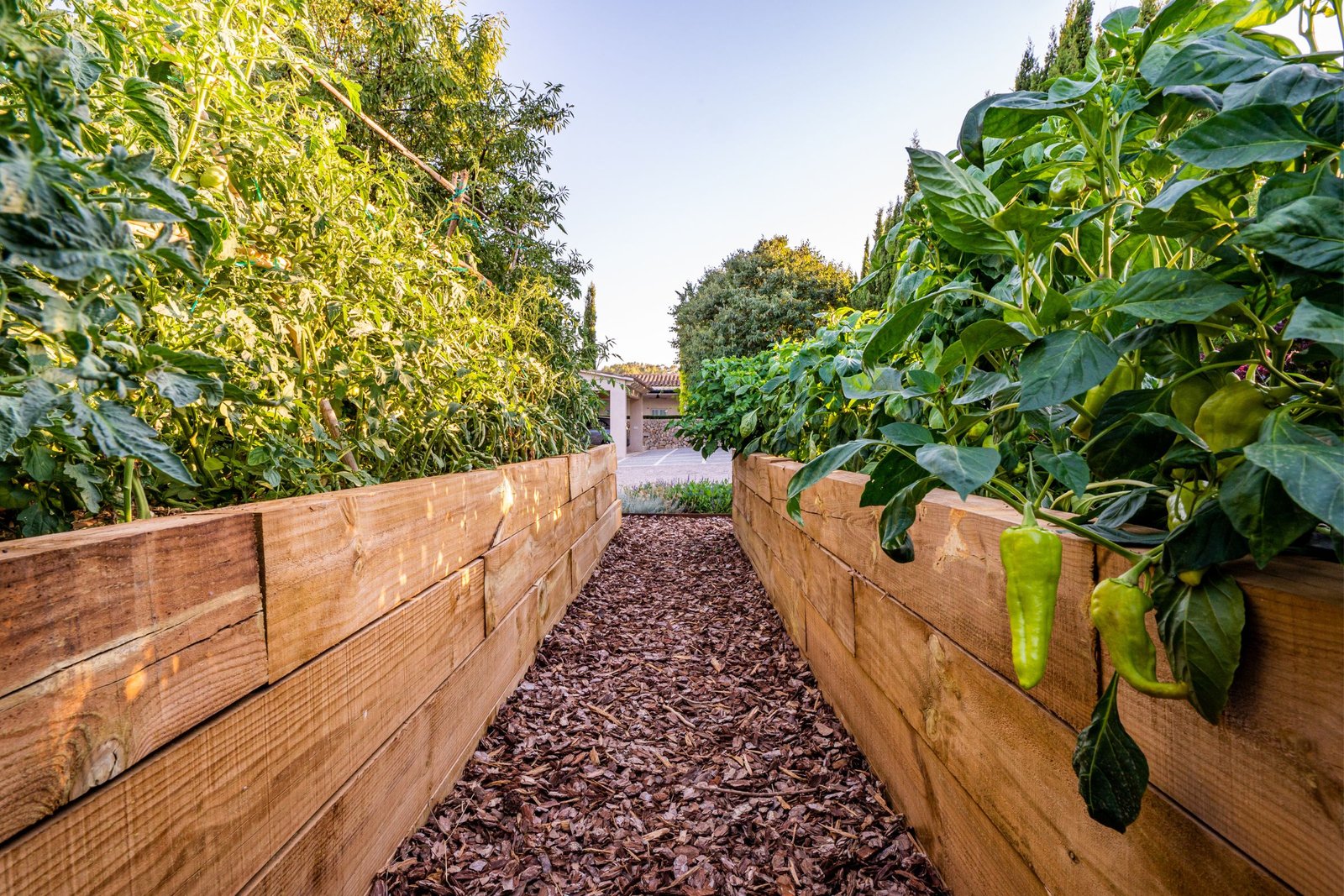Welcome, gardening enthusiasts! Today, we delve into a topic that can breathe new life into your green haven: Aeration. Whether you’re a seasoned gardener or just starting, understanding the significance of aeration can be a game-changer. In this blog post, we’ll explore the why, how, and where of aeration, accompanied by some captivating visuals to guide you through the process.
Why Aeration Matters


Aeration is the secret ingredient for maintaining a healthy and thriving garden. It involves perforating the soil with small holes to allow air, water, and nutrients to penetrate the grassroots, promoting optimal growth. This process aids in preventing soil compaction and encourages a robust root system, making your plants more resilient and resistant to diseases.
How to Aerate Your Garden

Lawn Aeration: Aerate your lawn using a core aerator during the growing season. This helps grass roots access nutrients and promotes a lush, green carpet.
Garden Beds: For flower beds and vegetable gardens, use a hand aerator or garden fork to gently loosen the soil.
Container Plants: Even potted plants benefit from aeration. Ensure your potting mix is well-aerated by adding perlite or vermiculite.
Where to Aerate

Identifying the right spots for aeration is crucial. Focus on high-traffic areas, compacted soil, and places with poor drainage.
When to Aerat

Timing is key. Aim for the growing season when your plants are actively taking up nutrients. For cool-season grasses, early fall or spring is ideal, while warm-season grasses benefit from aeration in late spring to early summer.
Benefits of Aeration

Enhanced Nutrient Absorption: Aeration is like opening the door to a nutrient buffet for your plants. By perforating the soil, you allow essential elements like nitrogen, phosphorus, and potassium to reach the root zone more efficiently. This enhances the overall nutrient absorption capacity of your plants, leading to healthier foliage, vibrant blooms, and more abundant yields in vegetable gardens.
Improved Water Drainage: One of the primary culprits of plant stress and root suffocation is poor water drainage. Compacted soil prevents water from infiltrating and can lead to waterlogged conditions. Aeration creates channels for water to seep into the soil, preventing surface runoff and facilitating better absorption. This ensures that your plants receive an adequate water supply without the risk of drowning.
Stronger Root Systems: Aeration acts as a fitness regimen for plant roots. The penetration of air and water encourages roots to delve deeper into the soil, seeking out nutrients and establishing a robust network. This results in a stronger, more extensive root system that anchors plants securely and makes them more resilient to environmental stresses such as drought or high winds. A well-aerated garden is essentially a gym for your plant’s roots, promoting strength and stability.
Disease Resistance: Healthy plants are naturally more resistant to diseases, and aeration plays a pivotal role in plant wellness. By improving soil structure and promoting optimal root conditions, aeration reduces the likelihood of waterlogged areas where pathogens thrive. Additionally, well-aerated soil ensures that plants are better equipped to fend off common diseases, contributing to an overall increase in the garden’s disease resistance.
Incorporating aeration into your gardening routine is not just a maintenance task; it’s a proactive step towards creating an environment where your plants can truly flourish. From nutrient-rich soil to resilient root systems, the benefits of aeration are the keys to unlocking the full potential of your garden.
Conclusion
Aeration is the secret sauce for a vibrant and flourishing garden. By incorporating this simple yet effective practice, you’re not just gardening; you’re fostering a thriving ecosystem. Embrace the magic of aeration, and watch your garden transform into a lush haven of natural beauty.








